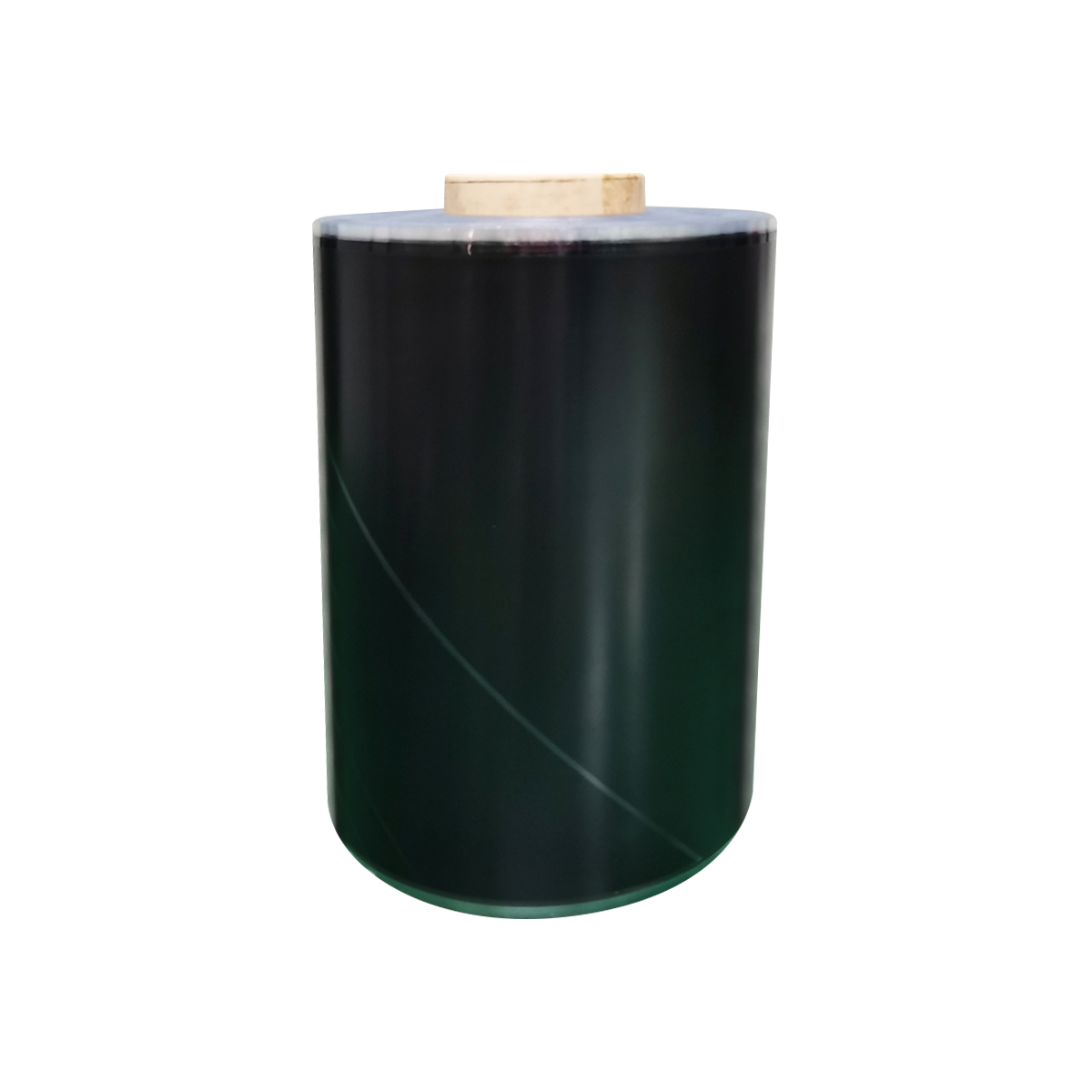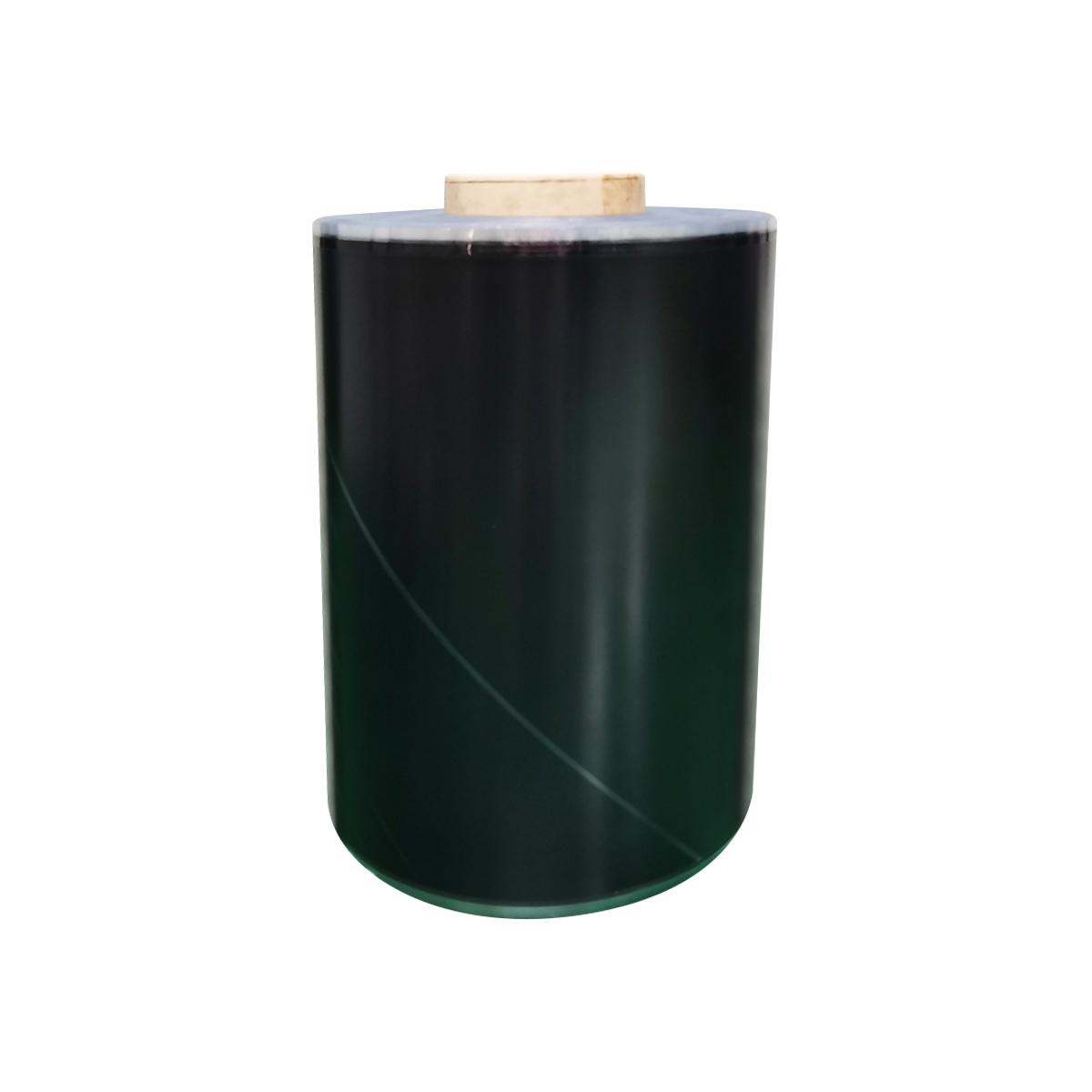Circular polarization lens are key to achieving 3D visual effects. Their core principle is to utilize the polarization properties of light.
First, we need to understand how light vibrates. Ordinary light vibrates randomly. Polarized light, on the other hand, vibrates in a specific direction. Circular polarization lens use specialized optical components to convert ordinary light into circularly polarized light. Our R&D team (including materials development, design, molds, and plate manufacturing) is focused on developing polymerization, modification, and thin film composite processes for various optical polymers to ensure that our lenses can precisely perform this optical conversion.
A pair of circularly polarized 3D glasses typically consists of two lenses, each with its own specific function:
Linear polarizer: This acts like a barrier, allowing only light vibrating in a specific direction to pass through.
Quarter-wave plate: This is the most critical component. It converts linearly polarized light passing through the linear polarizer into circularly polarized light.
The left and right lenses operate in different directions. For example, the left lens only receives left-handed circularly polarized light, while the right lens only receives right-handed circularly polarized light. When a 3D projector projects two beams of light onto the screen, each containing left-handed and right-handed polarized light, the left and right eyes receive different images. The brain combines these subtly different images to create a realistic 3D experience.
Core Technology Advantages and Application Scenarios
Circularly polarized technology has gained a significant foothold in the 3D field due to its unique advantages.
High Comfort: Unlike earlier red-cyan 3D systems, circularly polarized technology does not cause color distortion, significantly reducing eye strain. The images you see are more realistic and natural. Our protective eyewear and sports glasses also adhere to this philosophy, striving to provide users with the most comfortable viewing experience.
Freedom of Head Position: This is the greatest advantage of circularly polarized technology over linearly polarized 3D. The wearer can tilt or turn their head while maintaining a clear 3D effect, without ghosting or loss of 3D perception, providing a more flexible and comfortable viewing experience.
Minimal Brightness Loss: Compared to shutter-type 3D glasses that require rapid flashing, Circular polarization lens utilize light more efficiently, resulting in brighter images and richer detail.
These advantages have led to their widespread adoption in a variety of fields:
Cinemas: This is the primary application scenario. Mainstream cinema systems such as IMAX and RealD 3D utilize circular polarization technology, providing audiences with a high-quality 3D viewing experience.
Theme Parks and Exhibitions: Many theme parks' 3D theaters and immersive experiences rely on circular polarization technology to enhance the visual impact.
Home Entertainment: Some 3D TVs and projectors have also adopted circular polarization technology, allowing people to enjoy 3D movies and games at home.
As a manufacturer of a wide range of products, including optical eyewear, sunglasses, and reading glasses, we have 60 imported injection molding machines and four titanium frame production lines, providing us with strong production capabilities to meet the diverse needs of domestic and international markets. Our products are exported to markets such as the United States, Europe, Japan, and South Korea, thanks to our continuous investment in technology and strict quality control.

 Search
Search EN
EN English
English Deutsch
Deutsch Français
Français Español
Español italiano
italiano cn
cn jp
jp kr
kr















